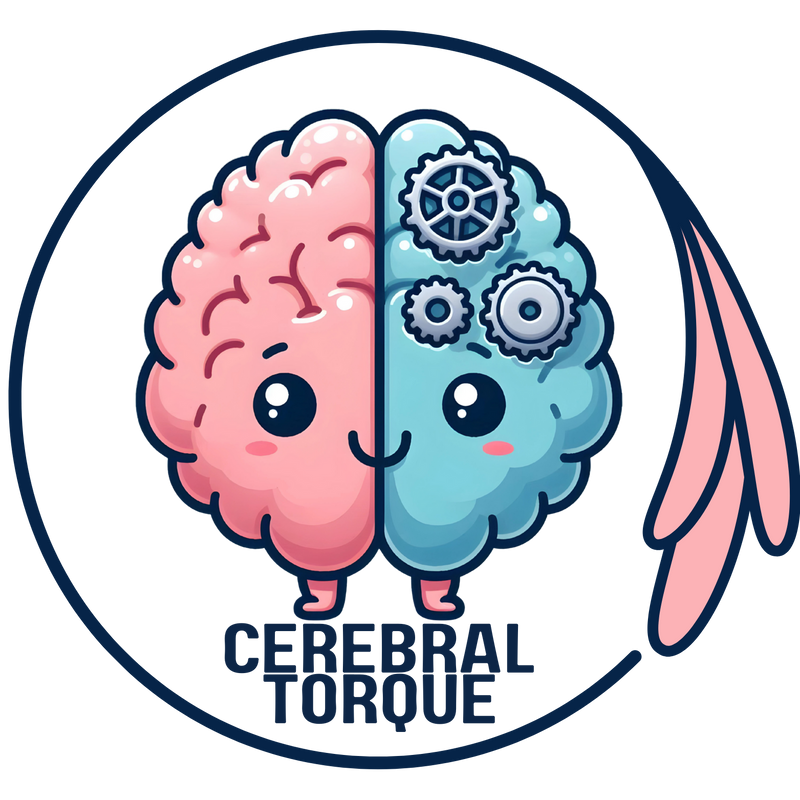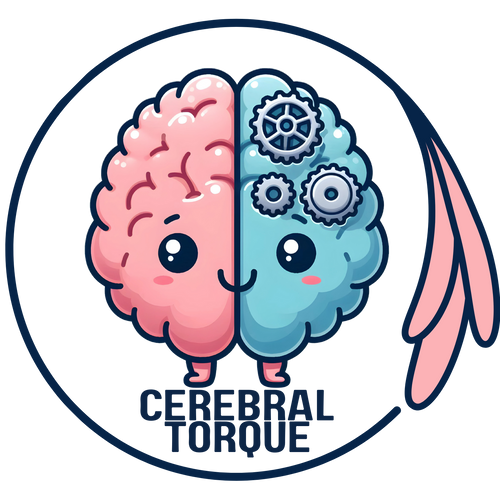They say the eyes are windows to the soul, but they may also be a window to migraine disease
Posted on September 25 2023,
We know the cornea is highly innervated by sensory fibers of the trigeminal nerve. We also know that the sensory fibers of the trigeminal nerve are involved in migraine pathogenesis. Furthermore, previous studies found differences in corneal nerve pathology in migraine pateints vs controls. So the researchers behind this study wanted to see if analyzing corneal nerve fiber density (CNFD) and conreal nerve fiber length (CNFL) would allow us to use these attributes of corneal nerve morphology as a biomarker in determining migraine frequency and response to treatment.
Study: https://pubmed.ncbi.nlm.nih.gov/37740579/
The study included 25 migraine patients and 25 controls with no migraine. Migraine patients had diagnoses of episodic migraine (EM), chronic migraine (CM), or were previously CM and are now EM. They excluded patients that had conditions that may also impact corneal nerve pathology, including those with diabetes, multiple sclerosis, b12 deficiency, etc.
Corneal confocal microscopy was used to image the central and inferior whorl regions in both eyes and software quantified corneal nerve fiber density and length.
They found significant reductions in CNFD and CNFL in the inferior whorl region in CM patients compared to EM and controls. There was no difference between EM and previously CM groups. This means that the nerves regenerated in patient that were able to effectively treat their migraine (take that chronification!).
So we now have evidence that corneal confocal microscopy can detect neuropathic changes in the eyes of migraine patients- with the inferior whorl region being the most sensitive (although they only tested 2 regions. I would have liked if they imaged other regions). We also know these changes correlate with migraine frequency as there was no differences between EM patients and patients that were previously chronic.
This suggests that it's possible to use corneal confocal microscopy as a biomarker for migraine and have an objective method for detecing response to treatment and disease progression. This will also give us a better method to conduct studies on new and old treatments to better understand their effectiveness for chronic migraine.
Mon, Nov 17, 25
Migraine Research - During the week of my absence.
Migraine Research - During the week of my absence. The Association Between Insomnia and Migraine Disability and Quality of Life This study examined how insomnia severity relates to migraine disability...
Read MoreSat, Nov 01, 25
Anti-CGRP Monoclonal Antibody Migraine Treatment: Super-Responders and Absolute Responders and When to Expect Results
Anti-CGRP monoclonal antibodies achieved 70% super-response and 23% complete migraine freedom in a one-year study. Most dramatic improvements occurred after 6 months of treatment. For patients with chronic or high-frequency...
Read MoreAll Non-Invasive Neuromodulation Devices for Migraine Treatment
Wondering if migraine devices actually work? This guide breaks down the latest evidence on non-invasive neuromodulation devices like Cefaly, Nerivio, and gammaCore. Learn which devices have solid research backing them,...
Read More



